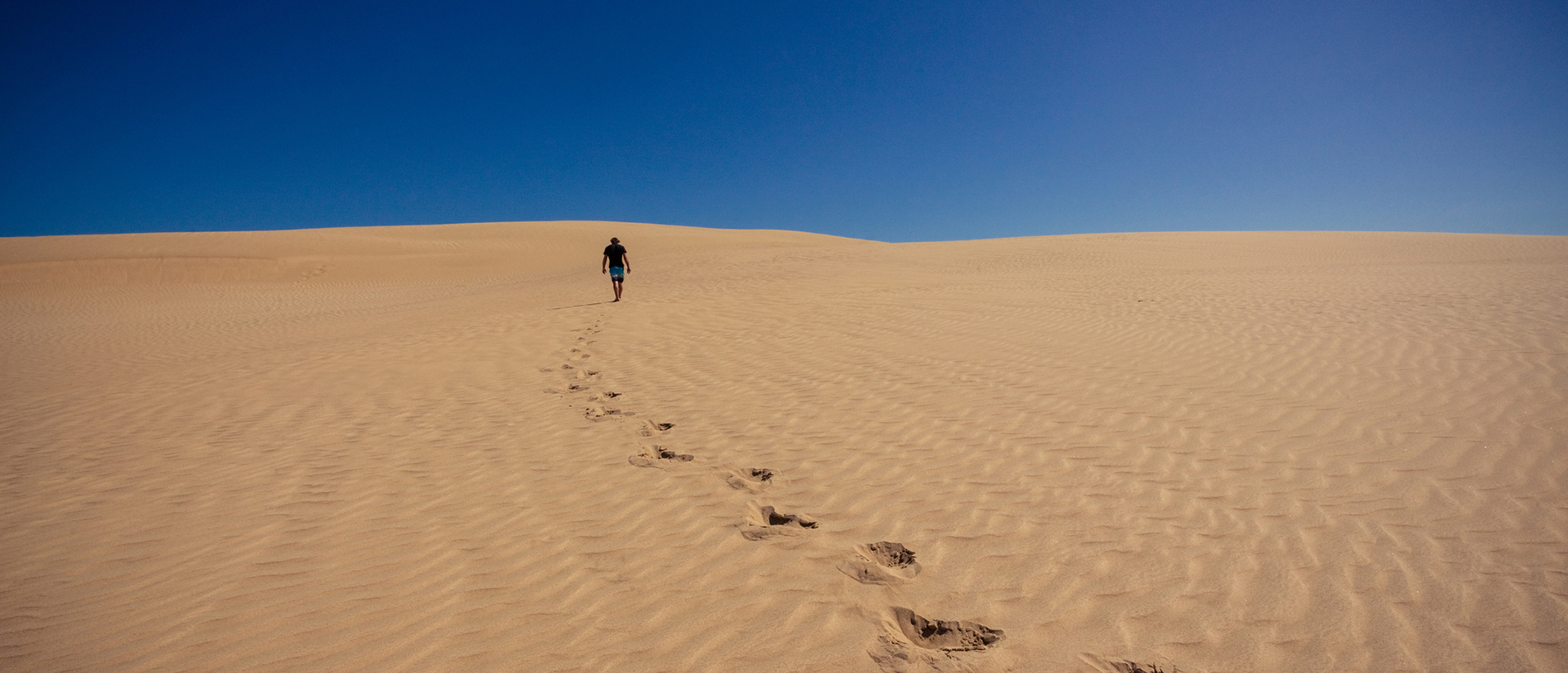
Hokianga: a road trip around a heavenly harbour
The most rewarding direction to approach the Hokianga is from the south, which also happens to be the leg of the Twin Coast Discovery Highway route featuring the great Waipōua kauri forest.

From the look and feel of the Hokianga today, it’s hard to believe it used to be one of the busiest and most populous parts of New Zealand.
Even before the Treaty of Waitangi was signed in 1840, creating an official British colony, the shores of this isolated harbour were being milled by timbermen working from up to 20 ships at a time.
Though sparsely populated now, this narrow waterway, stretching northeastwards towards the Bay of Islands on the opposite coast, has one of the longest histories of human habitation anywhere in these islands. It is believed to have been the first area settled by the Polynesian voyagers who became the Māori people; legendary navigator Kupe is said to have been so struck by the quality of light here that he named it Te Puna-o-te-ao-marama (spring of the world of light), but its lasting name comes from his departure to the ancestral homeland Hawaiki: Te Hokianga-a-Kupe (the great returning place of Kupe).
Europeans arriving in the Bay of Islands soon discovered the rich area of forest just across the island, and the timber and boatbuilding trades were established by the 1820s. The area also caught the eye of the self-styled Baron Charles de Theirry, who unsuccessfully tried to establish a colony here in the 1830s. The first Catholic mass on New Zealand soil was celebrated at Tōtara Point, on a northern arm of the river in 1838, and in 2002 the mortal remains of Catholic missionary Bishop Jean Pompallier were brought from France to rest at the tiny church of St Mary’s, Motuti, on a tiny back road on the northern side of the harbour.
Today there are few settlements on the mangrovy shores. A handful of old buildings jutting out over the water and a historic pub – serving beer since 1826 – persist at Hōreke. The opening of the last part of the Twin Coast Cycle Trail Pou Herenga Tai in 2017 will link the tiny town with inland Kaikohe and Ōkaihau.
Further along the southern shore stands the Mangungu Mission House, built in the late 1830s for hopeful Wesleyans. The largest group signing of the Treaty of Waitangi took place here, just days after the first event in February 1840, under the watchful eye of missionary Nathaniel Turner. The house has not been a permanent resident of the Hokianga, however; it was moved to Auckland and not returned to its original site until the 1970s.
Around 2000 people lived at Kohukohu, on the northern side of the harbour, in 1900; now it’s home to about 10 percent of that, though many in this small community are writers, artists and musicians, and there are several galleries to visit.
In the olden days ‘the river was the road’, but now a car ferry runs between The Narrows near Kohukohu and Rāwene, on the southern shore. This is another good spot for an arty browse and a coffee, as well as a visit to Clendon House, home of one of the area’s early traders.
The road wends inland west of Rāwene then remerges near the twin settlement of Ōpononi and Ōmāpere. The tiny town of Ōpononi became famous in the mid-1950s when a dolphin nicknamed ‘Ōpononi Jack’ – which was later found to be female – came to play with the locals and enchanted the whole country for one golden summer before she was found dead. A stone statue by artist and sculptor Russell Clark was erected to commemorate her short life; its head was broken off in 2011 but a new cast bronze sculpture has now replaced it.
Across the harbour’s entrance, giant sand-dunes loom. Charter boats run across the harbour for a closer look at these natural wind-blown sculptures, and if you feel more active than awed you can sand-board down them.
At the southern head of the harbour is the Ārai Te Uru Recreational Reserve, site of the original signal station at the entrance to the harbour, which operated from 1838 to 1951. Little remains of it today, but gaze out on the turbulent waters of the bar of shifting sands which guards the entrance to the harbour and wonder that any sailing ship got over it in one piece.